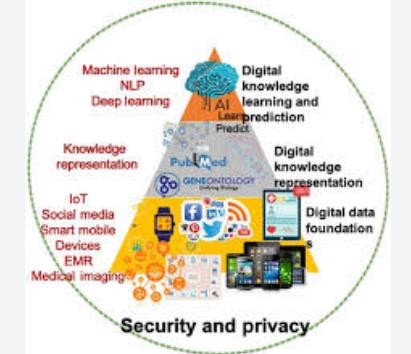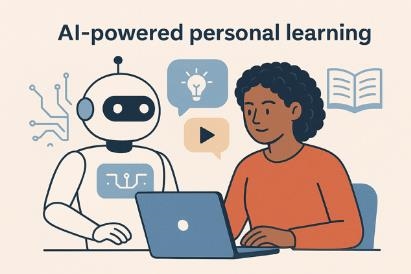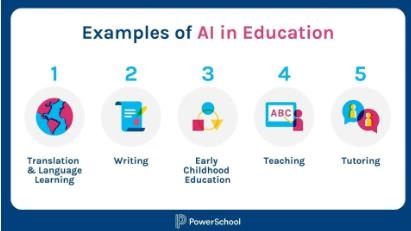Think about a time where your environment automatically meets your needs without the need for taps or flashy screens. This is the beginning of the **ambient internet**, a quietly revolutionary movement that is transforming how people communicate information. This new approach to use the internet doesn’t need gadgets or planned commands. Instead, it uses an invisible network of sensing, processing, and communication technologies that are integrated into our surroundings to transfer data effortlessly and almost without us noticing.
The Internet of Things (IoT) is the basis for the ambient internet. It does more than just connect gadgets; it also makes interactions smarter and more aware of their environment. Ambient computing lets smart lights, sensors, and other IoT-connected devices learn about people’s habits and alter on their own, giving them a new lease of life. Imagine a light bulb that doesn’t need you to switch it on or off anymore. It can sense where you are and what kind of light you desire, and it can vary its brightness without making a sound. This form of computing is particularly good at getting rid of friction and is also quite subtle. The best technology often fits perfectly in with normal life.
The ambient internet is different from other types of the internet since it gets power from radio waves, light, heat, and motion using “ambient energy harvesting.” This ability makes it possible for a massive network of ultra-low-power, maintenance-free sensors and devices to work together. These networks are what make smart cities, complicated supply chains, and environmentally friendly infrastructure management possible. Experts anticipate that the ambient IoT market will have more than 10 trillion devices. This will have a huge impact on fields like healthcare and transportation.
The effect is really strong. Data is processed close to where it originates from by using spatial computing and AI-driven analysis at the edge of the network. This keeps privacy protected while lowering latency and bandwidth use. Apps that can forecast traffic patterns, make energy distribution more efficient, and constantly learning about their environment with little support from people can do all of these things because they have this kind of knowledge. It seems like a group of digital agents is quietly buzzing behind the scenes, making big changes at just the right time.
Mark Weiser had a similar idea decades ago when he imagined technology that “recedes into the background”—silent, intuitive, and always helpful—making digital tools an unconscious part of our lives. He termed the ambient internet “calm technology.” It tells people things without bothering them and enables them interact naturally instead of demandingly.
Companies and cities that are smart enough to put money into ambient platforms are already reaping enormous benefits. For instance, supply chains are easier to see through and tougher to mess with, smart cities use their resources better, and individualized user experiences are practically frictionless. Bluetooth Low Energy standards are widely adopted, and the industry works together, so the ecosystem will be able to flourish and last for many years.
The ambient internet shows us a world where information flows organically and without screens or taps as society progresses toward a future where everything is connected. This is a real renaissance in ambient computing that converts connectivity from a task to inhabit into a method to *live*. This development makes us think about design, privacy, and the role of technology again. It begs us to accept a world where AI doesn’t stop us but instead anticipates what we will do.
—
**The main things that are making the ambient internet revolution happen are
– Devices that are always in touch with people and their behavior and can alter easily; ambient energy harvesting that powers sensors that last a long time and don’t need maintenance – Edge computing that allows data to be processed fast and close to where it is stored while preserving privacy safe
– Sensor networks with billions of nodes that power smart cities and supply systems – New standards, like Bluetooth LE, that make systems work better together and be more reliable
– Going from planned commands to ambient, simple automation – Creating “calm technology” that tells you what you need to know without getting in the way – AI and machine learning are making environments that can predict and improve themselves.
We are on the threshold of a technological revolution in this fast-changing time of the internet. Digital intelligence seeps into the background, making a complicated web that connects the real world with the digital world in a way that is more natural and close than ever before.





